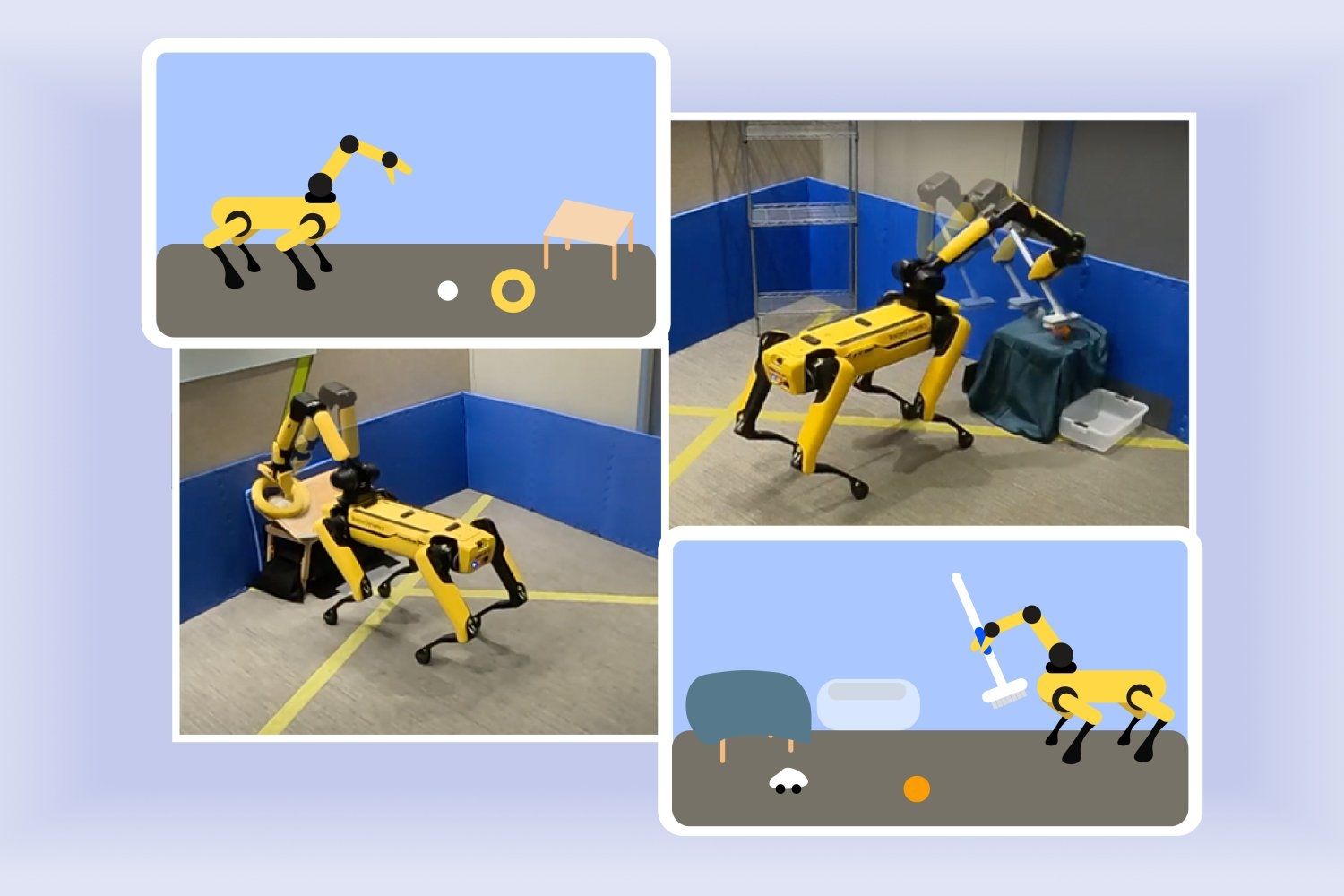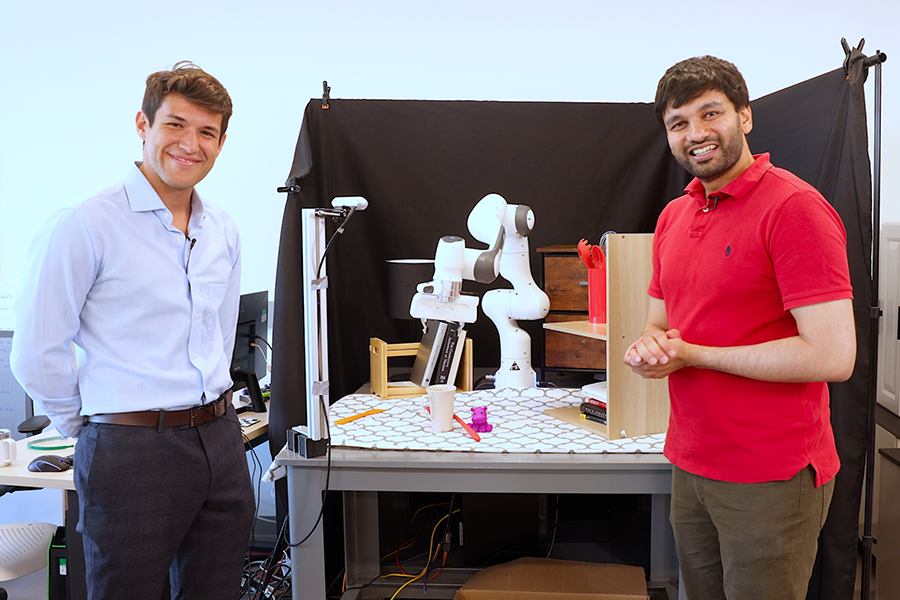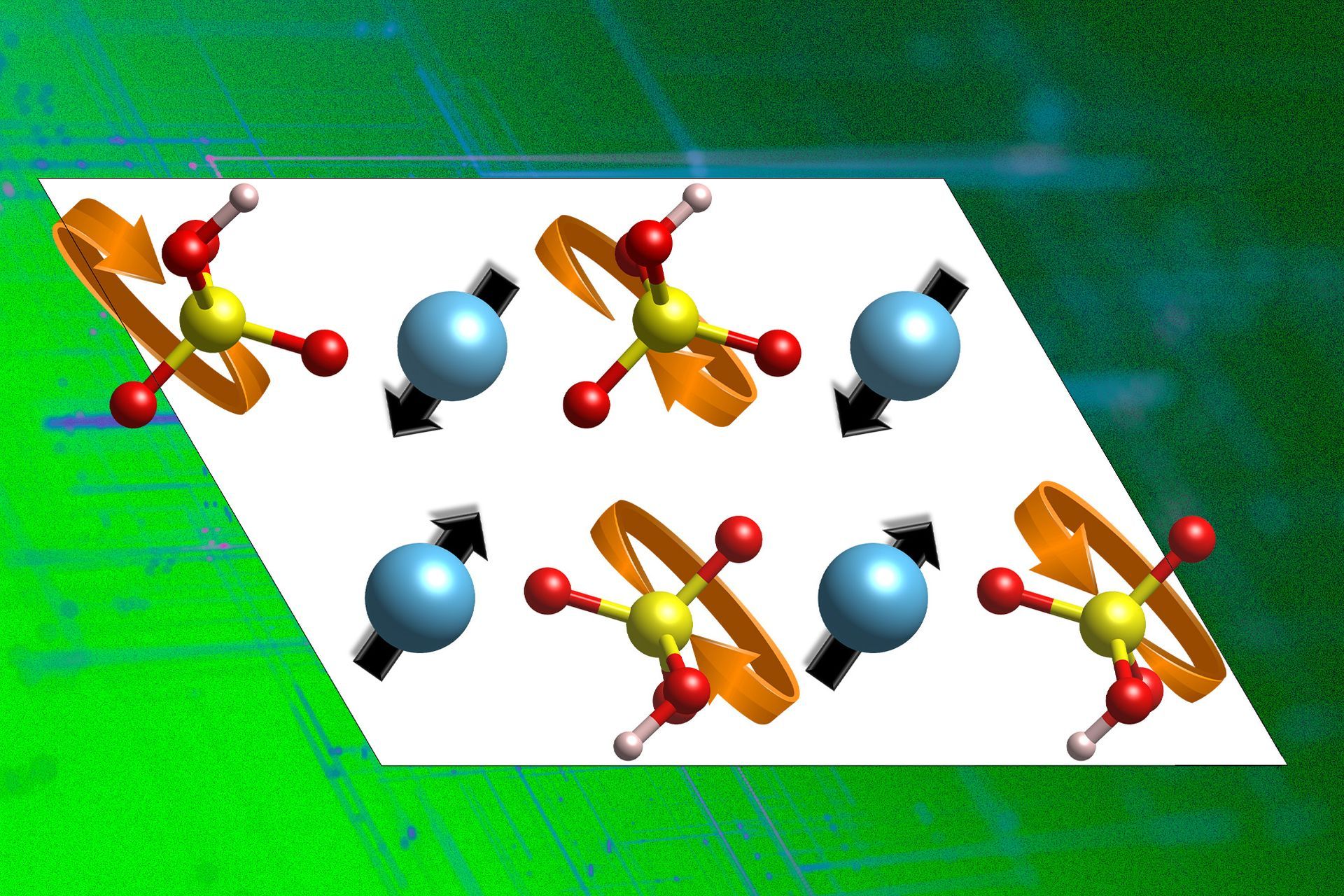Marking a milestone: Dedication ceremony celebrates the new MIT Schwarzman College of Computing building
The MIT Stephen A. Schwarzman College of Computing recently marked a significant milestone as it celebrated the completion and inauguration of its new building on Vassar Street with a dedication ceremony.
Attended by members of the MIT community, distinguished guests, and supporters, the ceremony provided an opportunity to reflect on the transformative gift that initiated the biggest change to MIT’s institutional structure in over 70 years. The gift, made by Stephen A. Schwarzman, the chair, CEO, and co-founder of Blackstone, one of the world’s largest alternative investment firms, was the foundation for establishing the college.
MIT President Sally Kornbluth told the audience that the “success of the MIT Stephen A. Schwarzman College of Computing is a testament to Steve’s vision.” She pointed out that the new building — with capacity for 50 computing research groups — will foster a remarkable confluence of knowledge and cross-pollination of ideas. “The college will help MIT direct this expertise towards the biggest challenges humanity now faces,” she added, “from the health of our species and our planet to the social, economic, and ethical implications of new technologies.”
Expressing gratitude for the chance to engage with MIT, Schwarzman remarked, “You don’t get many opportunities in life to participate in some minor way to change the course of one of the great technologies that’s going to impact people.”
Schwarzman said that his motivation for supporting the college stemmed in part from trips he had taken to China, where he witnessed increased investment in artificial intelligence. He became concerned that he didn’t see the same level of development in the United States and wanted to ensure that the country would be at the leading edge of AI. He also spoke about the importance of advancing AI while prioritizing ethical considerations to mitigate potential risks.
He described his involvement with the college as “the most marvelous adventure” and shared how much he has enjoyed “meeting the fascinating people at MIT and learning about what you do here and the way you think.” He added: “You’re really making enormous changes for the benefit of society.”
Reflecting on the thought process during his tenure that culminated in the conceptualization of the college, MIT President Emeritus L. Rafael Reif recounted the conversations he had about the idea with Schwarzman, whom he called a “perfect partner.” He detailed their collaborative efforts to transform the vision into tangible reality and emphasized how Schwarzman has “an amazing ability to look at what appears to be a hopelessly complex situation and distill it to its essence quickly.”
After almost a year of engaging in discussions with Schwarzman as well as with members of MIT’s leadership and faculty, the Institute announced the formation of the MIT Stephen A. Schwarzman College of Computing in October 2018.
To honor Schwarzman’s pivotal role in envisioning the college, Reif presented him with two gifts: A sketch of the early building concept by the architects and a photograph of the building lobby captured shortly after it opened in late January. “Thank you, Steve, for making all of this possible,” Reif said.
Appointed the inaugural dean of the MIT Schwarzman College of Computing in 2019, Dan Huttenlocher, who is also the Henry Ellis Warren Professor of Electrical Engineering and Computer Science, opened the festivities and spoke about the building as a physical manifestation of the college’s three-fold mission: to advance the forefront of computing with fields across MIT; fortify core computer science and artificial intelligence leadership; and advance social, ethical, and policy dimensions of computing.
He also conveyed his appreciation to all those who spent countless hours on the planning, design, and construction of Building 45 , including key partners in MIT Campus Construction and Campus Planning; Skidmore, Owings & Merrill; and Suffolk Construction.
“It fills me with immense satisfaction and pride to see the vibrant activity of the MIT students, researchers, faculty, and staff who spend time in this building,” said Huttenlocher. “It’s really amazing to see this building come to life and become a resource for so many across the MIT campus and beyond.”
In addition, Huttenlocher thanked Anantha Chandrakasan, MIT chief innovation and strategy officer, dean of the School of Engineering, and the Vannevar Bush Professor of Electrical Engineering and Computer Science, for his early involvement with the college, and Asu Ozdaglar, deputy dean of the MIT Schwarzman College of Computing and head of the Department of Electrical Engineering and Computer Science, for her leadership throughout the college’s development.











